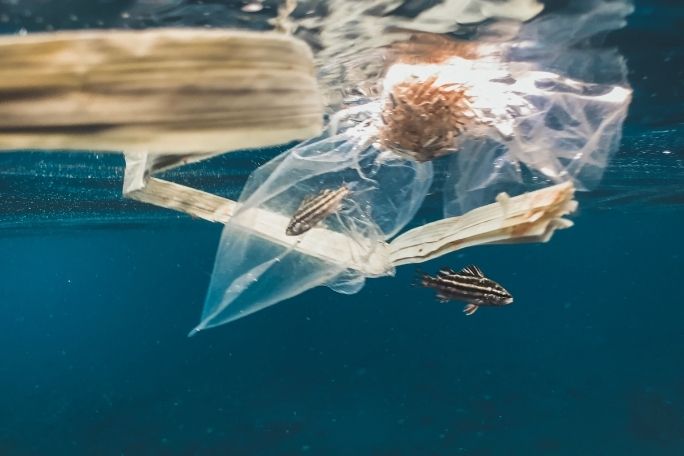Lesson summary
Would you like to swim in an ocean or river full of rubbish and dirty water? Imagine what the creatures who call water home think about it! Create a poster reminding people to protect waterways.
Lesson guides and printables
Lesson details
Curriculum mapping
Curriculum codes:
Complete lesson for classroom teachers:
https://www.coolaustralia.org/activity/who-would-want-to-live-there-34/
Ideal for: Middle Primary Ages 7 – 9
Themes:
- be creative
- think and connect
Time required: 30 minutes
Curriculum connections: English, Science, Critical and Creative Thinking, Personal and Social Capability
Tips for Parents and Carers
Pollution caused by litter and waste contributes to the poor health of oceans and waterways. Raising awareness of environmental issues can help kids feel the motivation to make a difference in order to create environmental change.
Resources required
- Art supplies and paper (coloured pencils or markers work fine!)
- Online access to the Cool Australia Waste Toolbox
- Plastic Pollution Factsheet
- Waste in the Water Worksheet
Additional info
Learning@Home resources are designed for parents and teachers to use with children in the home environment. They can be used as stand-alone activities or built into existing curriculum-aligned learning programs. Our Learning@Home series includes two types of resources. The first are fun and challenging real-world activities for all ages, the second are self-directed lessons for upper primary and secondary students. These lessons support independent learning in remote or school settings.


Welcome back!
Don't have an account yet?
Log in with:
By signing up to Cool.org you consent and agree to Cool's privacy policy to
store, manage and process your personal information. To read more, please see
our privacy policy here(Opens in new tab).
Create your free Cool.org account.
Many of our resources are free, with an option to upgrade to Cool+ for premium content.
Already have an account?
Sign up with:
By signing up to Cool.org you consent and agree to Cool's privacy policy to
store, manage and process your personal information. To read more, please see
our privacy policy here(Opens in new tab).